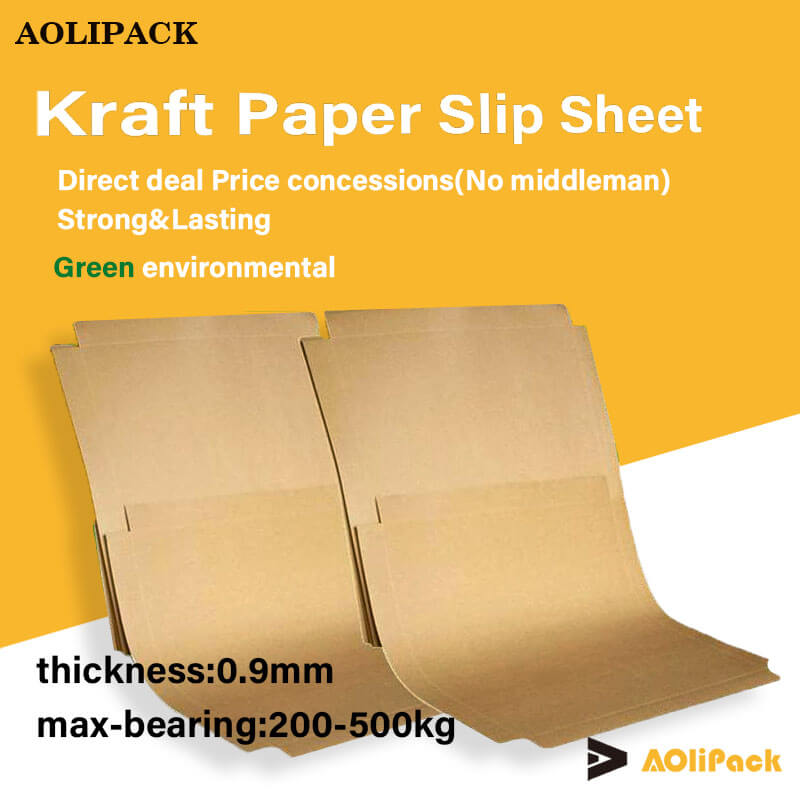a slipsheet is a thin, pallet-sized sheet of plastic, laminated paperboard,
A slipsheet is a thin, pallet-sized platform made from materials like plastic (e.g., HDPE) or laminated paperboard, designed to streamline shipping and logistics. Here's a detailed breakdown:
Key Features & Functionality
Dimensions: Matches standard pallet sizes (e.g., 48x40 inches in the U.S.), allowing seamless integration with existing systems.
Materials:
Plastic: Durable, moisture-resistant, and recyclable (e.g., HDPE).
Laminated Paperboard: Lightweight, cost-effective, and often biodegradable/recyclable.
Handling: Requires push-pull forklift attachments to grip and slide the sheet onto forks, eliminating the need for pallet cavities.
Advantages
Cost Efficiency:
Reduces shipping weight/volume, lowering freight costs.
Cheaper to produce and transport than wooden pallets.
Space Savings: Thin design maximizes container space, ideal for international shipping.
Sustainability: Recyclable materials reduce waste; paperboard is biodegradable.
Hygiene: Single-use options minimize contamination risks (critical in pharmaceuticals/food).
Considerations & Limitations
Infrastructure Dependency: Requires specialized forklift attachments; not all facilities support slipsheets.
Durability: Less robust than pallets for heavy/uneven loads; sensitive to moisture (paperboard).
Automation Compatibility: Depends on warehouse equipment; may need retrofitting.
Applications
Industries: Food/beverage, pharmaceuticals, retail (high-volume, cost-sensitive sectors).
Use Cases: One-way shipments, cold storage (plastic), or eco-conscious supply chains.
Comparison to Alternatives
Pallets: Offer structural support but are bulkier and pricier.
Palletless Systems: Slipsheets balance efficiency and minimalism, providing a base for unit loads without full pallet bulk.
Performance & Standards
Load Capacity: Rated for specific weights; material choice impacts strength.
Environmental Testing: Performance varies in humidity/extreme temperatures (plastic excels in wet conditions).
Conclusion
Slipsheets are a strategic choice for optimizing logistics costs and sustainability, best suited for industries prioritizing efficiency and eco-friendliness. Their adoption hinges on infrastructure readiness and handling requirements.








 wechat consulting
wechat consulting